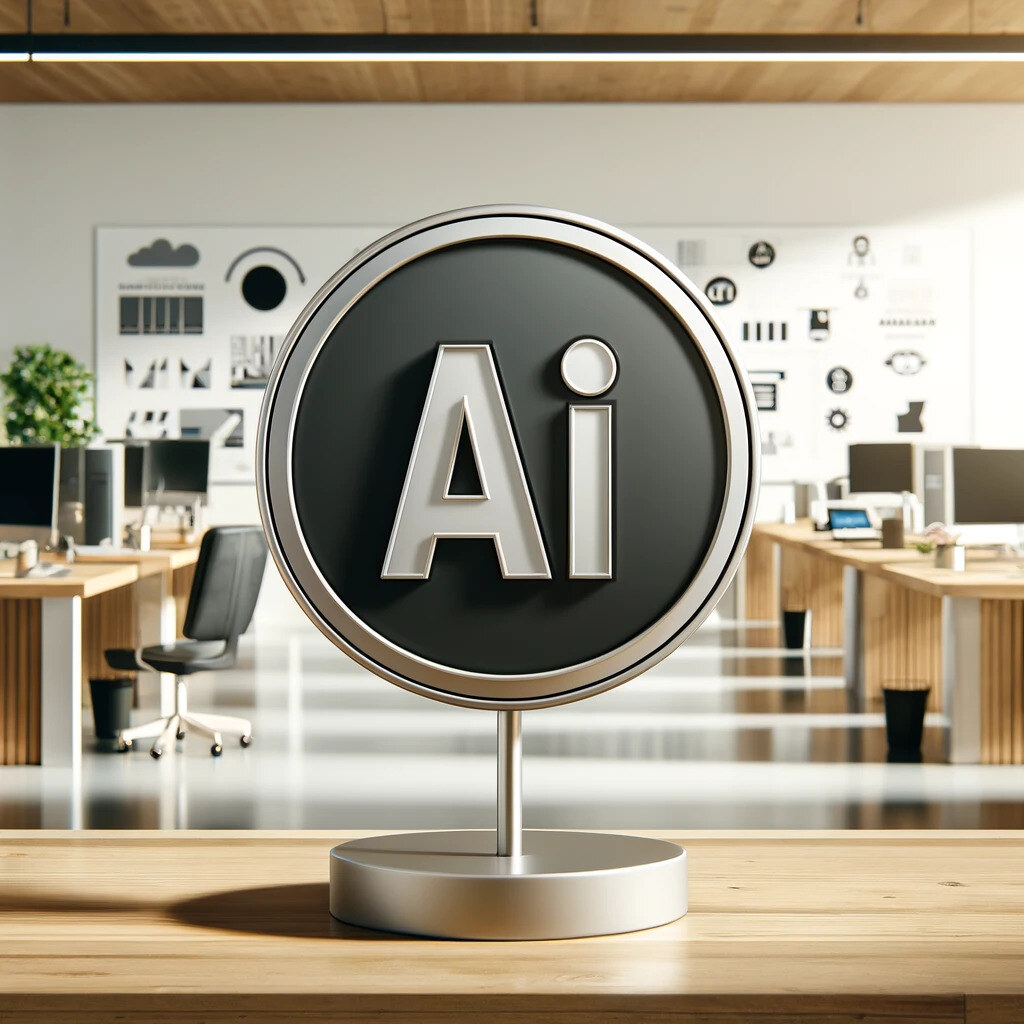The use of AI in organizations has evolved significantly over the decades, from early expert systems in the 1980s to the rise of machine learning and big data in the 2010s. AI became integral to various business processes, improving efficiency and driving innovation. The introduction of OpenAI's ChatGPT in 2022 marked a transformative moment. ChatGPT and other advanced natural language processing capabilities revolutionized customer service, content creation, internal communication, and decision support. It democratized many organizational processes by making sophisticated tools accessible to smaller enterprises and employees, fostering innovation, and enhancing productivity.
On a structural level, organization design shares many of the same goals. However, while AI has taken over organizations by storm, traditional organization design approaches are often reported to fail or lose steam mid-way. This article explores what organization design initiatives can learn from the successful trends in the remarkably rapid AI adoption. By examining how AI has been integrated so effectively, we can uncover valuable insights to help structure organizations in a way that supports and amplifies these desired outcomes.
Astounding AI Adoption Trends
While AI has been in use in organizations for some time, the last couple of years have marked a considerable turning point. The Cloud Industry Forum recently released research results indicating an explosive trend in AI adoption across industries, showing a significant upward trend from 2023.
- 96% of organizations believe that AI will be at least somewhat important to their organization in the next five years, up from 86% in 2023.
- 42% of respondents consider AI among their most important IT projects, ahead of other considerations such as security and IT sustainability (both 40%).
- 94% of organizations report that they are either planning to or are already using generative AI.
- 62% of businesses report that generative AI is already in use across at least some parts of their organization.
- 96% report that generative AI will (or has already) benefited their organization, including:
- Improving data analytics (46%)
- Enhancing customer service (45%)
- Improving products and services (43%)
- 75% of knowledge workers now use AI, nearly doubling in the last six months.
- These employees report that AI helps them:
- Save time
- Boost creativity
- Enhance job satisfaction
- 78% of all AI users bring their own AI to work (BYOAI).
These trends speak a loud and clear language. Not only does AI continue to drive innovation and organizational decision-making, but its adoption process seems to be faster than the speed of light.
What Has Organization Design Got to Do With It?
The connections between AI and organization design are multi-faceted and mutually influential. On one hand, organization design consultants are often instrumental in crafting AI strategies. On the other hand, the goals and reported outcomes of organization design—such as fostering innovation, empowering employees to drive creative solutions, enhancing productivity, and achieving greater job satisfaction and engagement—are remarkably similar to those seen with successful AI adoption. However, while AI adoption rates continue to skyrocket year over year, traditional organization design efforts often fail and stall midway, as highlighted in a McKinsey report.
7 Factors that Organically Fuel AI Adoption
AI brings unique advantages to the table, which can serve as valuable lessons for enhancing organizational design.
- Easily Accessible Solutions that Empower People
AI solutions empower employees at all levels to perform tasks faster and make better decisions, enhancing their capabilities and productivity instantly. AI provides tools and applications that are user-friendly and require minimal technical expertise or training.
- Democratization of Decision-Making
AI facilitates data-driven decision-making by providing insights and recommendations based on vast amounts of data. This democratization allows more employees to participate in decision-making processes, reducing the reliance on a few key decision-makers.
- Balance of Centralization and Decentralization
AI enables organizations to strike a balance between centralization and decentralization. Centralized AI systems can process and analyze data from across the organization, providing a cohesive overview. Simultaneously, decentralized AI applications can be deployed at the departmental or team level, allowing for localized decision-making and autonomy.
- Bottom-Up and Top-Down Adoption
AI adoption is driven by both bottom-up and top-down dynamics. Employees at all levels can identify and implement AI solutions that address their specific needs, while leadership can drive strategic AI projects that align with overall organizational goals.
- Continuous Learning and Improvement
AI systems are designed to continuously learn and improve over time. Through machine learning algorithms, AI can adapt to new data and changing conditions, becoming more accurate and effective.
- Enables Cross-Collaboration and Collective Decision-Making
AI tools facilitate cross-collaboration by enabling seamless communication and data sharing across departments and teams. This collective decision-making process ensures that diverse perspectives are included, leading to more robust and innovative solutions.
- Offers Individual and Enterprise-Wide Solutions
AI provides easily accessible solutions for individuals or teams. Embedded within the operating model, AI solutions become scalable to meet enterprise-wide objectives. The multi-directional efforts make it incredibly impactful, benefiting the entire organization.
Lessons for Organization Design from AI Adoption
Organizational design is the process of structuring an organization's units, roles, responsibilities, and systems to align with its goals and strategies. It involves rethinking the organization’s operating model to create value, meaningful customer and employee experiences, and organizational efficiency. Central to this process is the creation of an environment that facilitates effective communication, decision-making, and dynamic cross-collaboration.
To increase the chances for organization design changes to be adopted as organically and rapidly as AI, the seven key factors mentioned above can serve as a north star. Here are some critical questions that organization designers and strategists should consider while designing (ideally co-designing) new operating models, strategies, structures, systems, and processes:
- Do our solutions truly empower employees at all levels of the organization?
- Do our solutions and approaches truly enable seamless cross-collaboration?
- Can we showcase at least three different areas where our solutions flatten the organization and democratize decision-making?
- Are we thinking big enough while being able to start small?
- Do our solutions include natural, self-adjusting, double-loop learning?
- Are our solutions easily accessible and engaging for people across the extended organization?
- Do our approaches embody the results we want to see?
If the answer to these questions is consistently no, or worse, if these questions aren’t even being asked, it is evident that the designs require further collaborative refinement. By focusing on these considerations, organization design can emulate the successful adoption trends seen in AI, leading to more effective and adaptive organizational structures.










